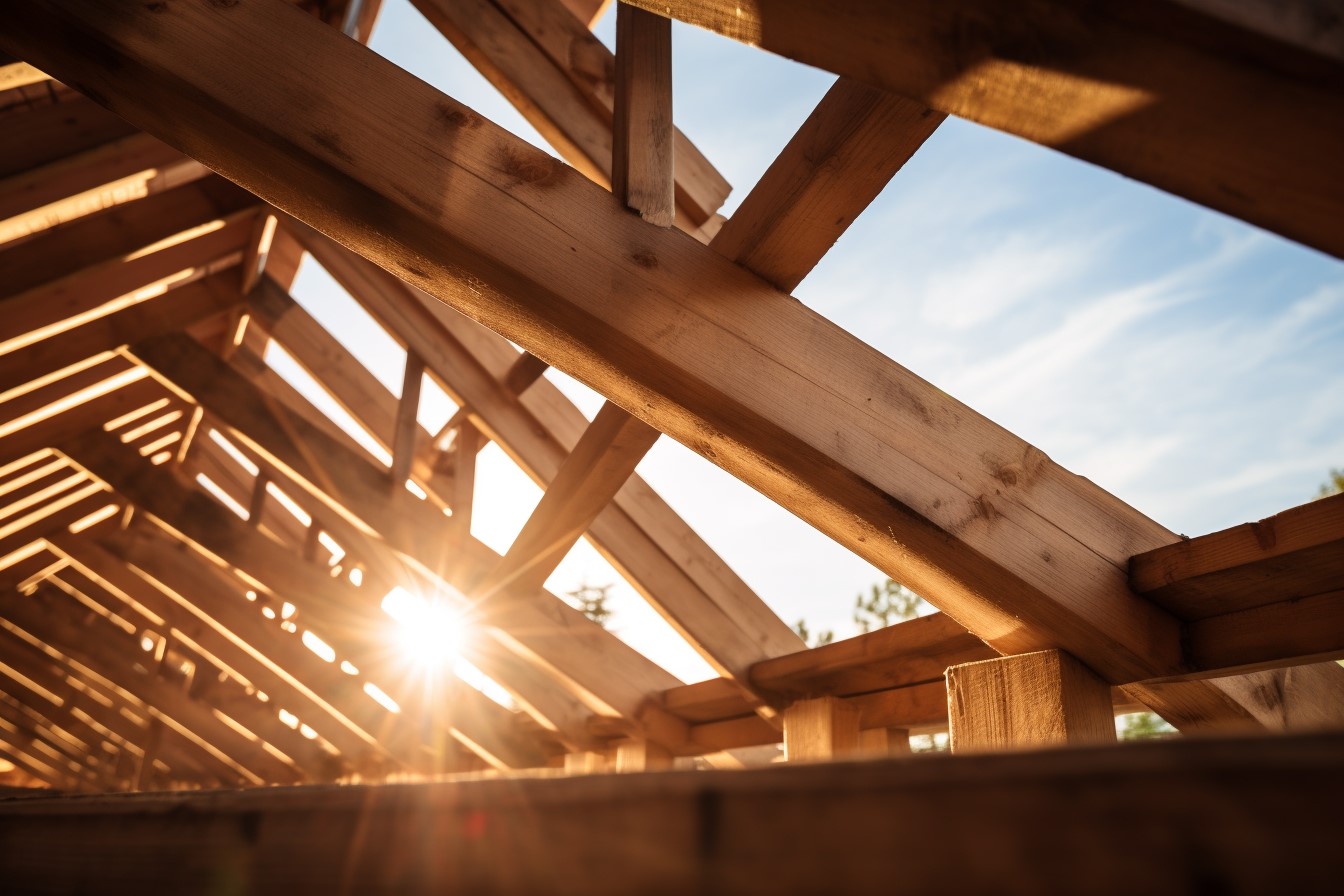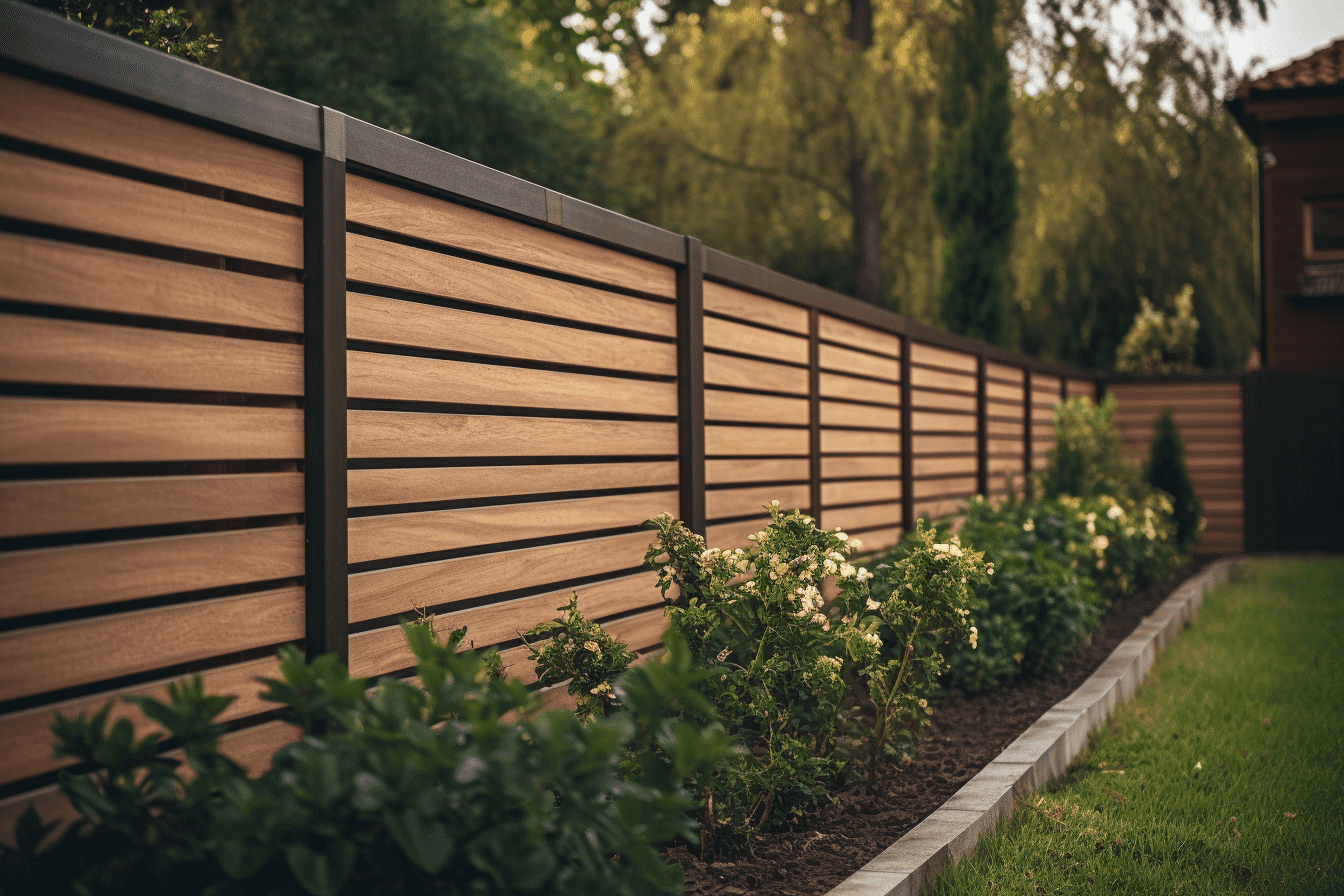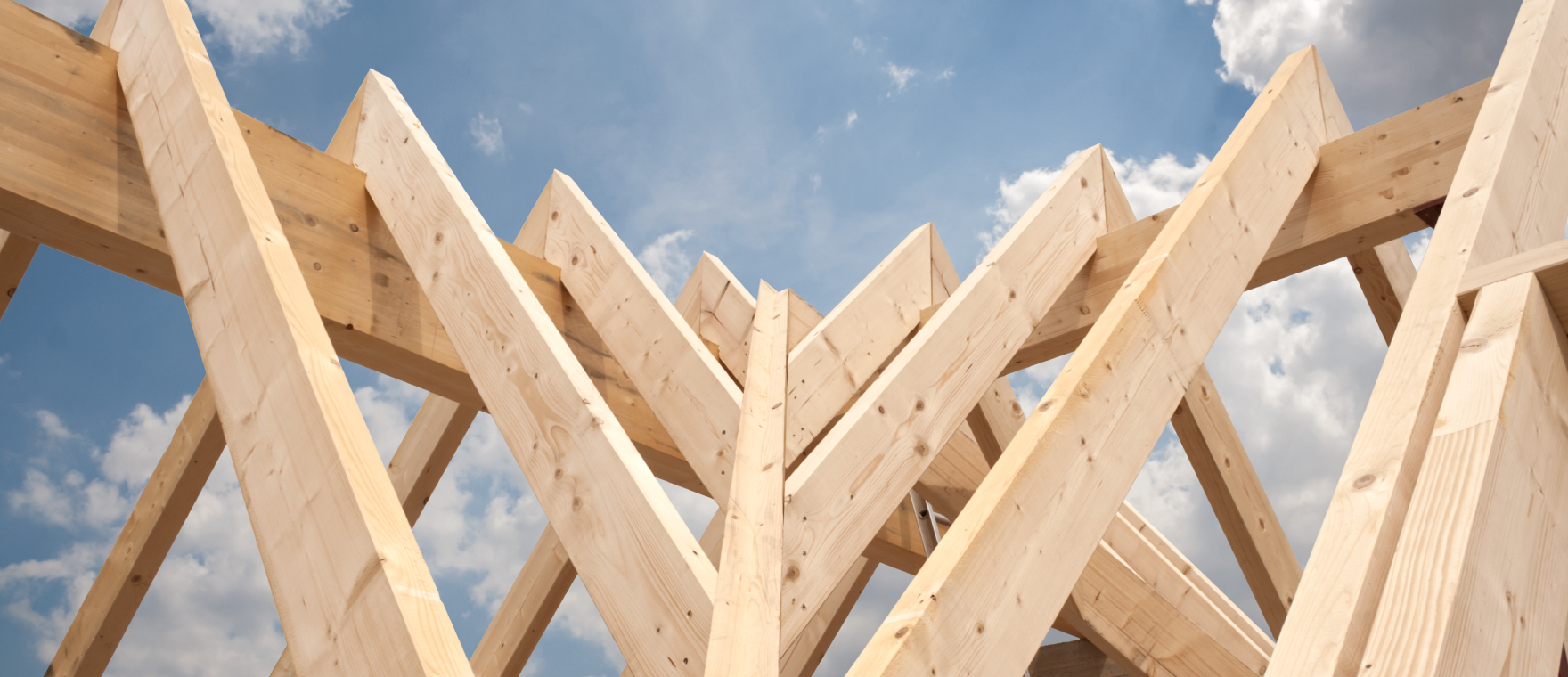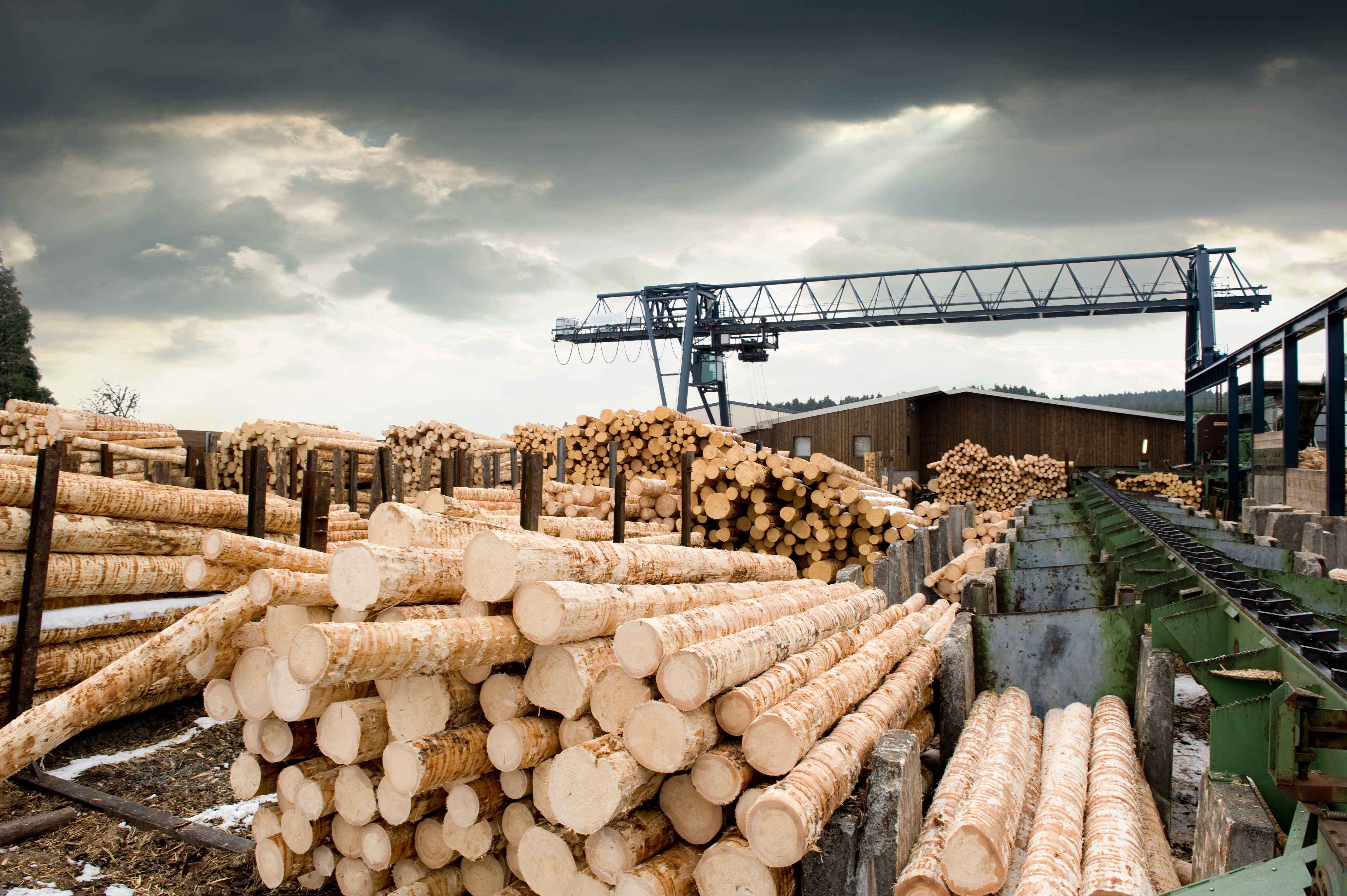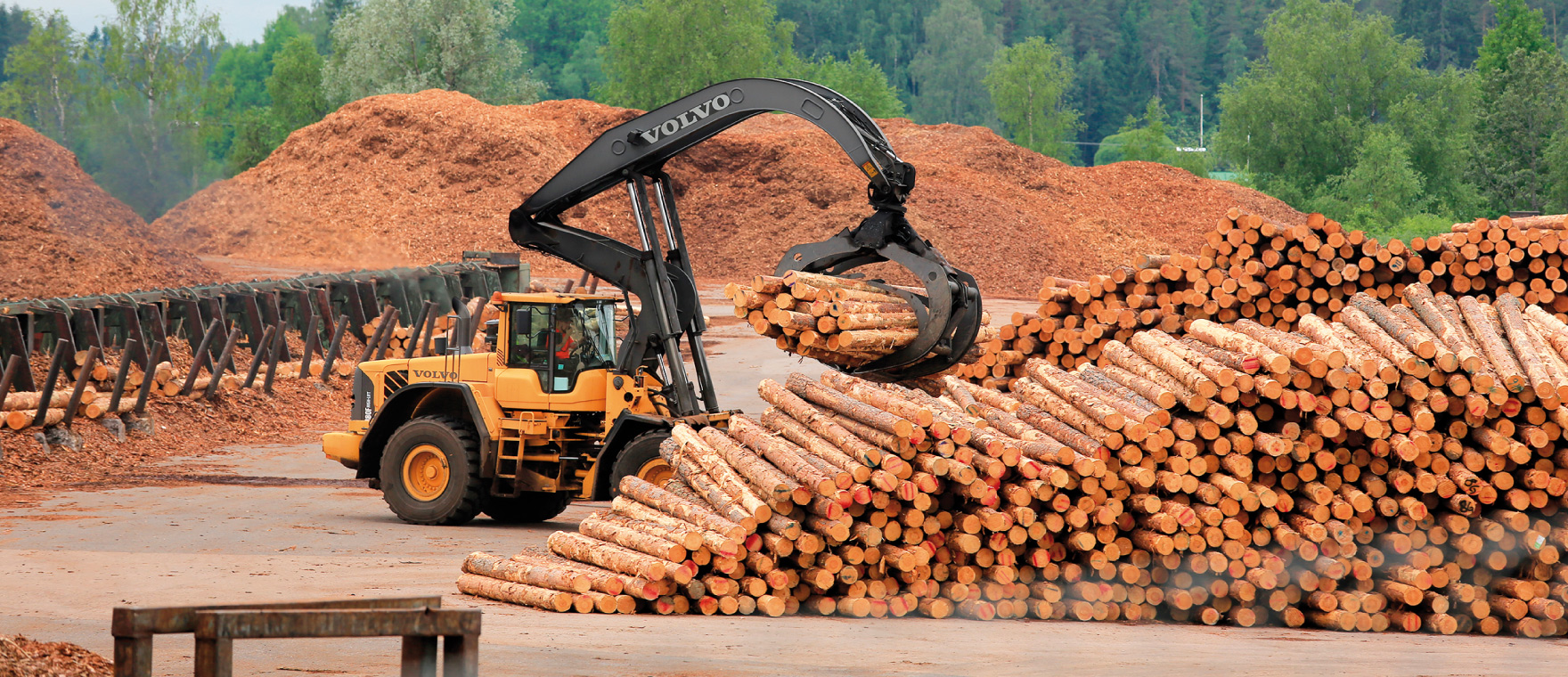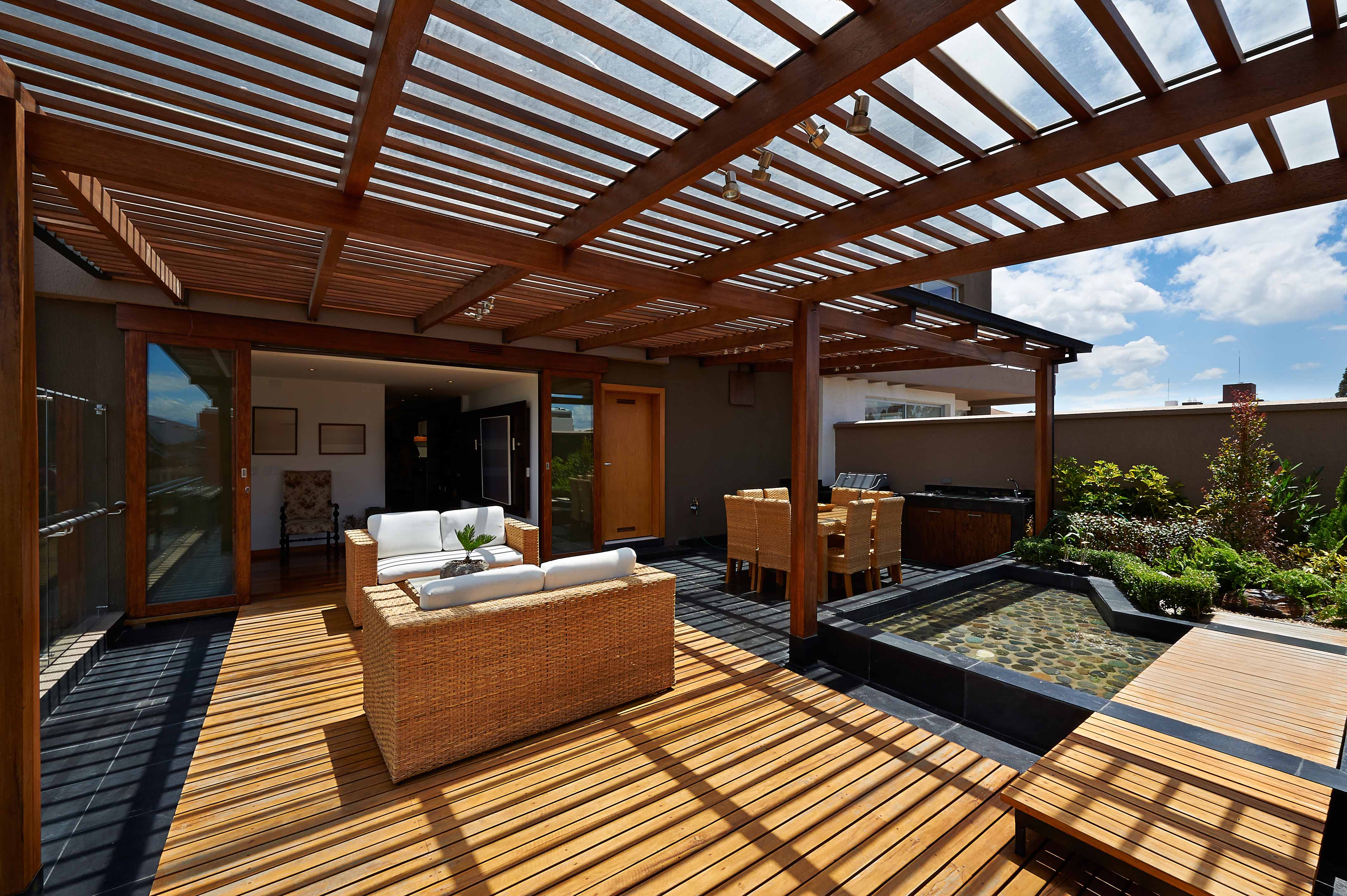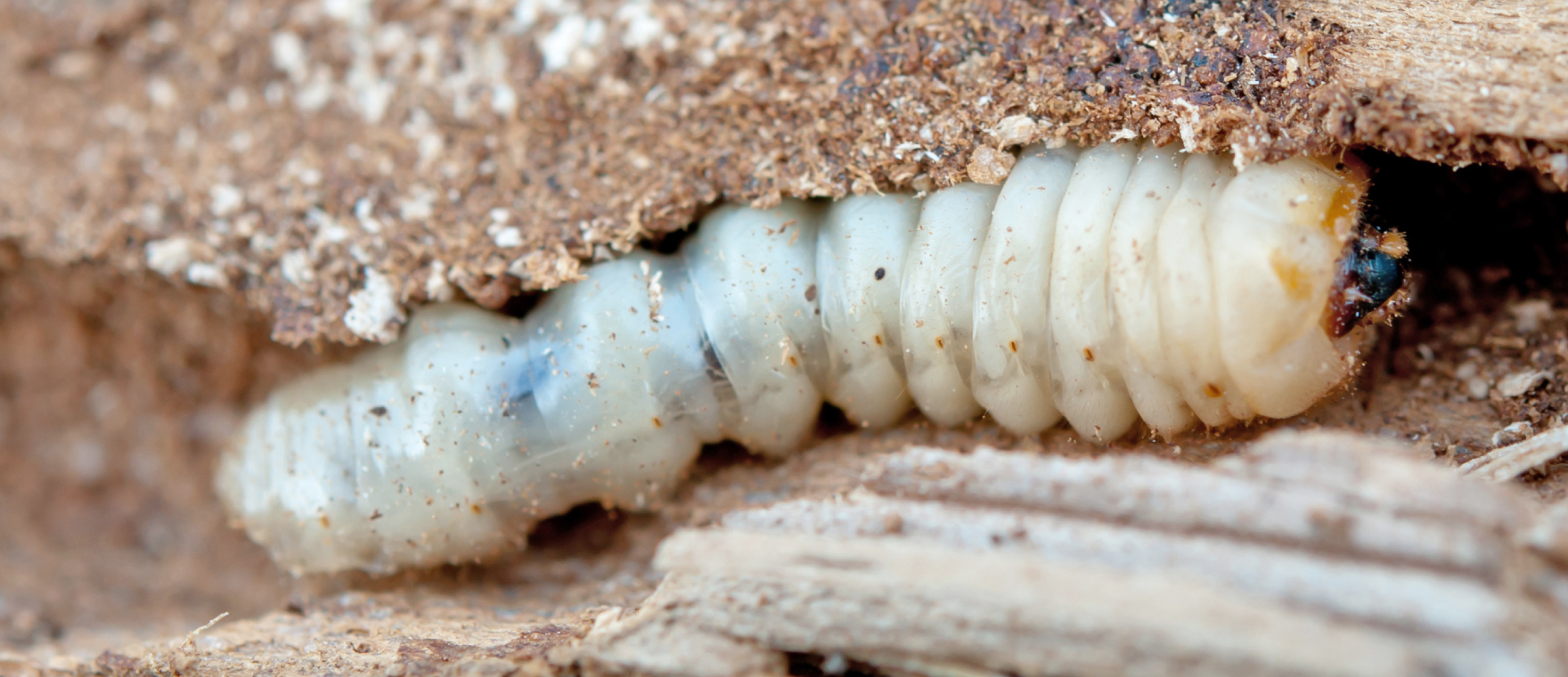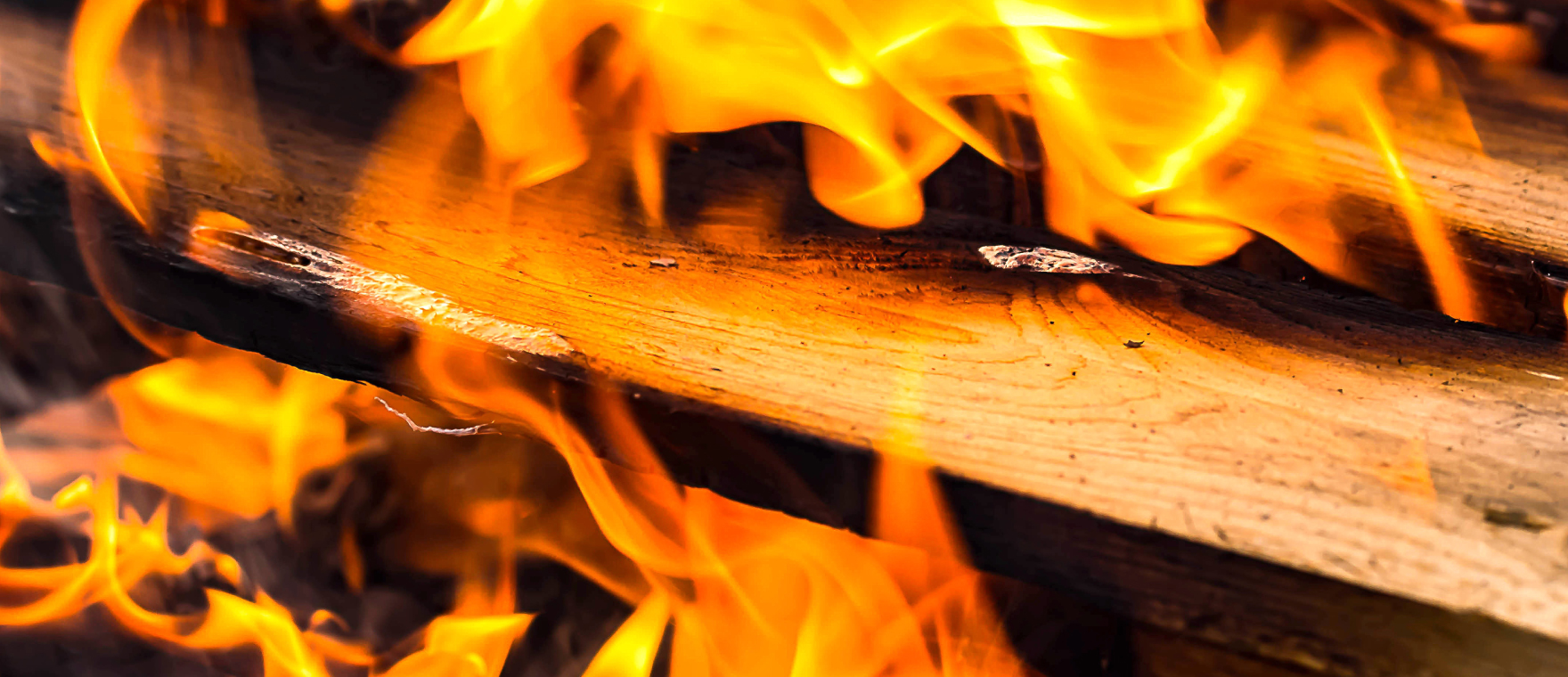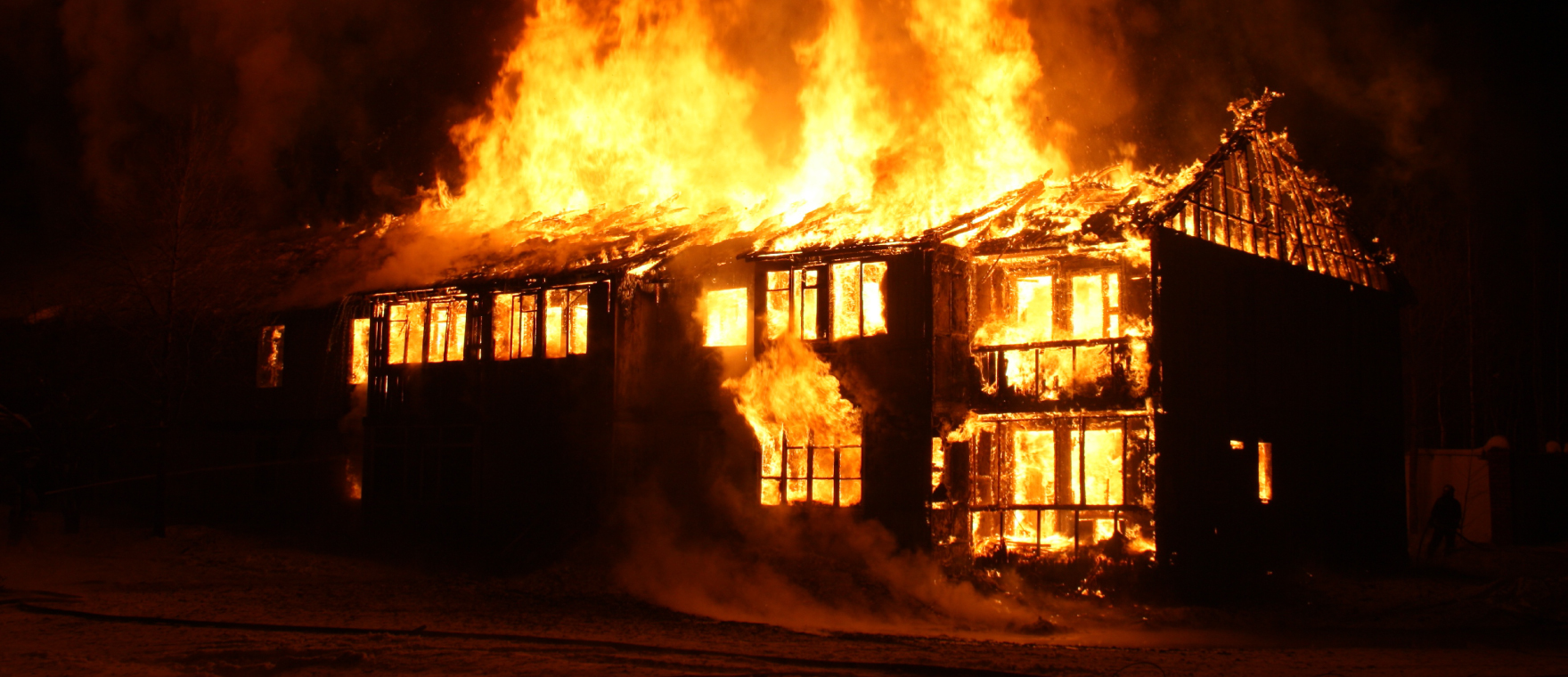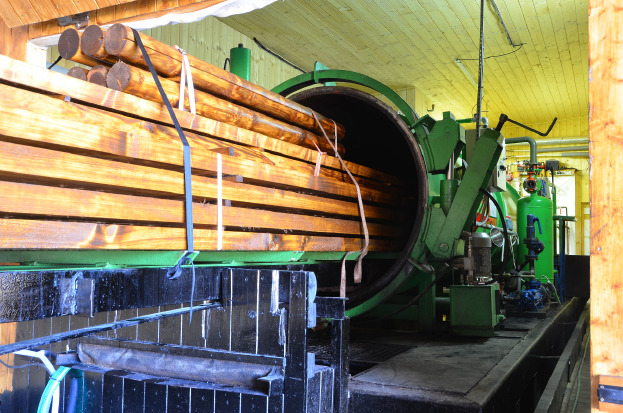Vacuum-pressure Impregnation
- This method is particularly suitable for impregnating timber intended for prolonged contact with the ground or fresh water (use class 4) - built structures, columns, stakewalls, bridges, vineyard poles, etc.
- Recommended impregnation method - according to Bethel (vacuum - overpressure - vacuum)
- The duration of each phase will depend on the impregnability (permeability) of the wood used. Heartwood is generally non-impregnable, and therefore impregnability is assessed based on the properties of sapwood. Spruce is a highly difficult wood to impregnate, whereas pine and beech sapwood are easily impregnable. Oak sapwood is somewhat less impregnable than beech, but since oak has a low volume of sapwood, it is considered virtually unimpregnable. The specifications for impregnation will depend on the intended purpose and use class of the timber.
- The timber to be impregnated is placed inside a pressurised treatment vessel. First of all, a vacuum is created that removes air from the wood cells for the prescribed period. This phase is crucial for determining the depth of timber penetration. The principle of “the lower the pressure in the pressure camber, the greater the penetration depth” usually rings true. In practice, an absolute pressure of 20 mbar has been found to be optimal. This phase lasts for several hours. The vessel is pressurised, forcing the impregnating agent solution to fill the vessel. The vessel is subjected to hydraulic pressure (overpressure of 8 - 10 bar), which forces the solution deep into the timber structure for the prescribed period. This phase lasts for several hours. The application solution is then discharged from the pressurised vessel into the storage tank. A final vacuum is then applied to draw any excess solution out from the timber surface, with the solution then pumped back into the storage tank. The impregnated timber is removed from the pressurised treatment vessel and stored away from rainfall for ventilation.
- Watch our illustrative video to see how vacuum-pressure impregnation works.

